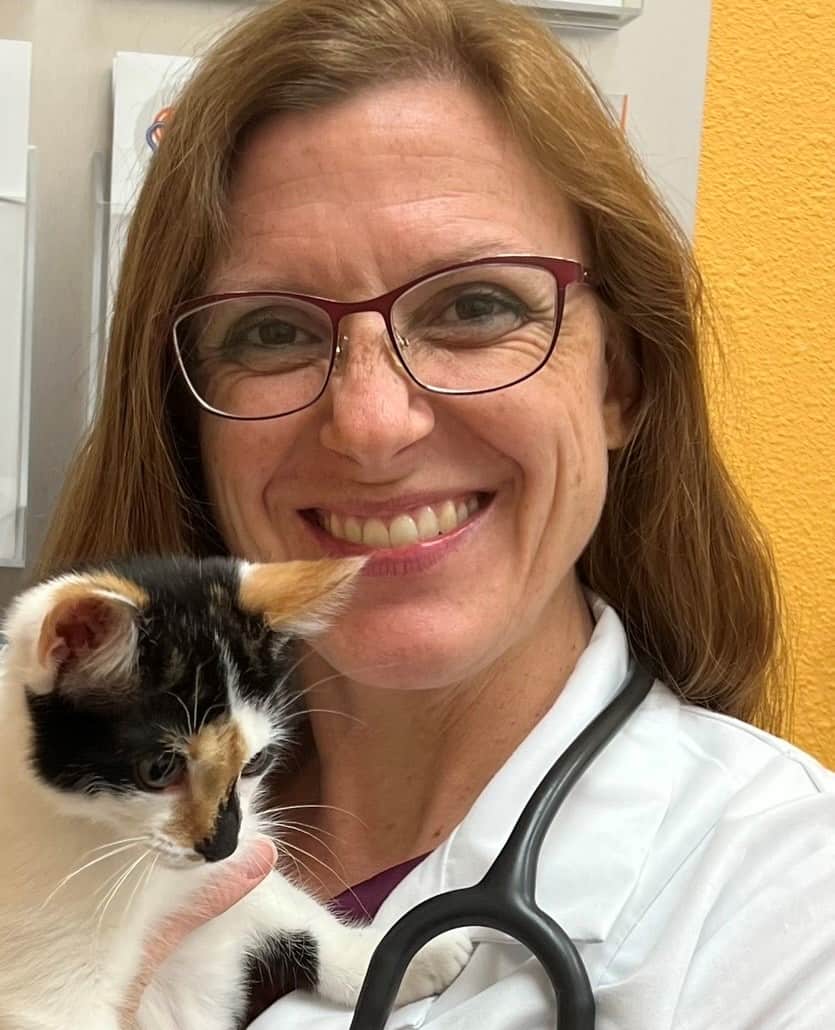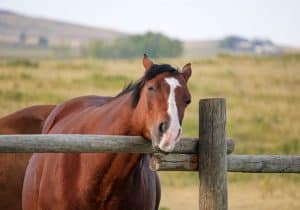Fact Sheet: OCD in Horses
- Posted by Stacey Oke, DVM, MSc
Share:

Of all the conditions that can potentially affect the joints of foals and young horses, osteochondritis dissecans (OCD) provides an abundance of murky waters through which to navigate. Do all young horses with fluid-filled joints or lameness have OCD? Or is it simply osteochondrosis (OC)?
Alas, in real life, the terms OCD and OC often become intermeshed and used interchangeably, ergo incorrectly. One recently published review article helped clarify by explaining, “OC represents the initial disease process, whereas OCD reflects secondary changes resulting in cartilage flap or osteochondral fragment formation.”1 In other words, osteochondrosis occurs after cartilage fails to properly turn into bone. Those OC lesions either (1) resolve on their own in young animals, or (2) the condition worsens to the point that fragments of cartilage can form, becoming OCD lesions.

Written by:
Stacey Oke, DVM, MSc
Related Articles
Stay on top of the most recent Horse Health news with












